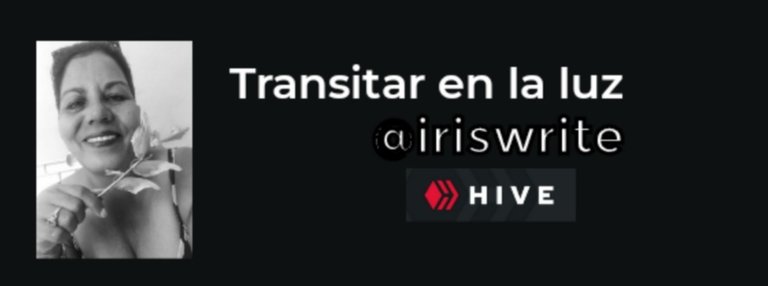The shadows and reflections seem to be part of this sculptural ensemble, The Fountain of the Antilles. I present it to you here in this Shadow Hunters Smash Contest - Rand 394.
In my city,we cannot conceive of our surroundings without this Fountain.

The author of the sculptural ensemble was
Rita Longa Aróstegui(1912-2000). In 1977, the Fountain was inaugurated, perpetuating the Taino legend of the cacique Jaías, who had a son. The son died, and the father decided to bury him inside a gourd, with the purpose of keeping him close and with the hope that he might one day be resurrected. But one day, four young men approached the gourd, taking advantage of the cacique's absence, and when they tried to take it, it jumped and burst. The place was flooded with salt water and filled with fish and plants.
Rita Longa captured the eternal instant of that spell and immortalized the Antillean islands there.

Thank you for visiting my blog.I am an art critic, social researcher, and lover of cuisine. I invite you to learn more about me, my country, and my writing. Text and photos are my own.


Another week of wonderful shadows! Thanks for entering!
!LADY
!INDEED
View or trade
LOHtokens.@melinda010100, you successfully shared 0.1000 LOH with @iriswrite and you earned 0.1000 LOH as tips. (11/20 calls)
Use !LADY command to share LOH! More details available in this post.
Qué belleza!!!!
!LA
Por mucho, mi escultora cubana favorita...
Gracias por, además de las sombras y los reflejos, traerla a ella.
Gracias a ti 🤍💜
Qué inmensa satisfacción me da que hayas traído a mi muy admirada escultora Rita Longa en una de sus excelentes obras. Gracias Gracias Gracias.
Gracias a ti. Un placer para mi 💜
Rita Longa junto a Gilma Madera,para mí de lo más relevante en la escultura, gracias por darle luz con esa sombra.
Gracias a ti
En Puerto Rico hay una leyenda parecida referida al cacique taíno Urayoán, pero en su caso este, como los taínos pensaban que los españoles eran dioses, ordenó ahogar en un río del actual municipio de Añasco y vigilaron el cuerpo tres días para ver si resucitaba como Jesucristo y al no ocurrir esto, los habitantes originarios de Puerto Rico dejaron de creer en la naturaleza divina de los españoles y se sublevaron contra los que ya asumieron como tan mortales como ellos que vinieron a arrebatarles su territorio con la espada como certeza y os cruz como pretexto.
Cuanta incógnitas detrás de estas leyendas. Es apasionante.
Es que al tener historias comunes y tanta cercanía geográfica se mezclan los mitos y leyendas y toda la cultura caribeña y latinoamericana, igual ocurre con los nombres de origen indígena, como es el caso del municipio Caguas también en Puerto Rico y el municipio de Cagua en el estado de Aragua en Venezuela.
Hace un tiempo escribí aquí sobre el indio sin cabezas y el pelú de la macagua, también se escucha de ellos en otros países
Muy interesante todo lo relacionado con este Caribe que amamos y que nos une más allá de fronteras territoriales que son más recientes tenemos una cultura y un destino común, todo está concatenado y viene junto desde los orígenes.
Así es